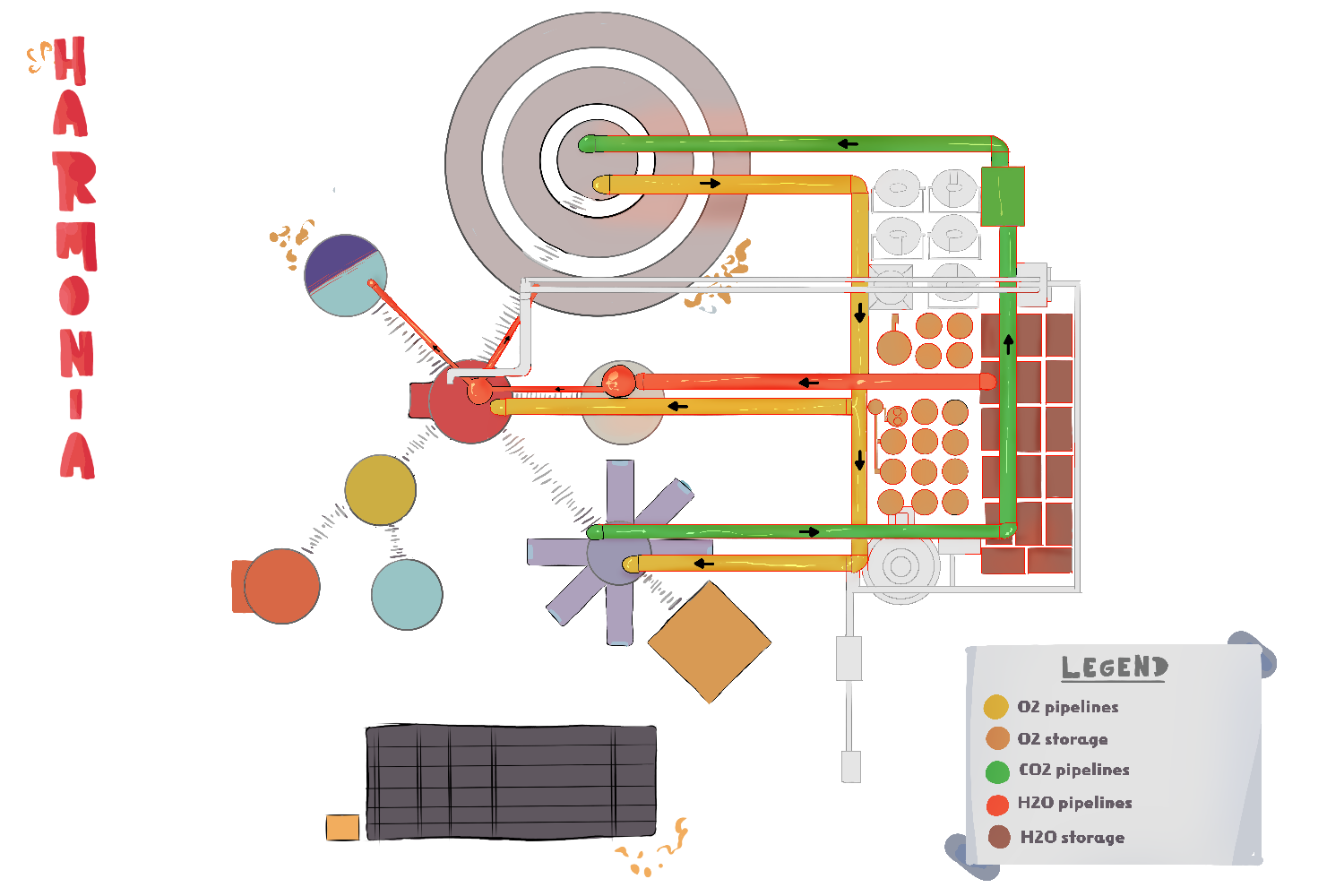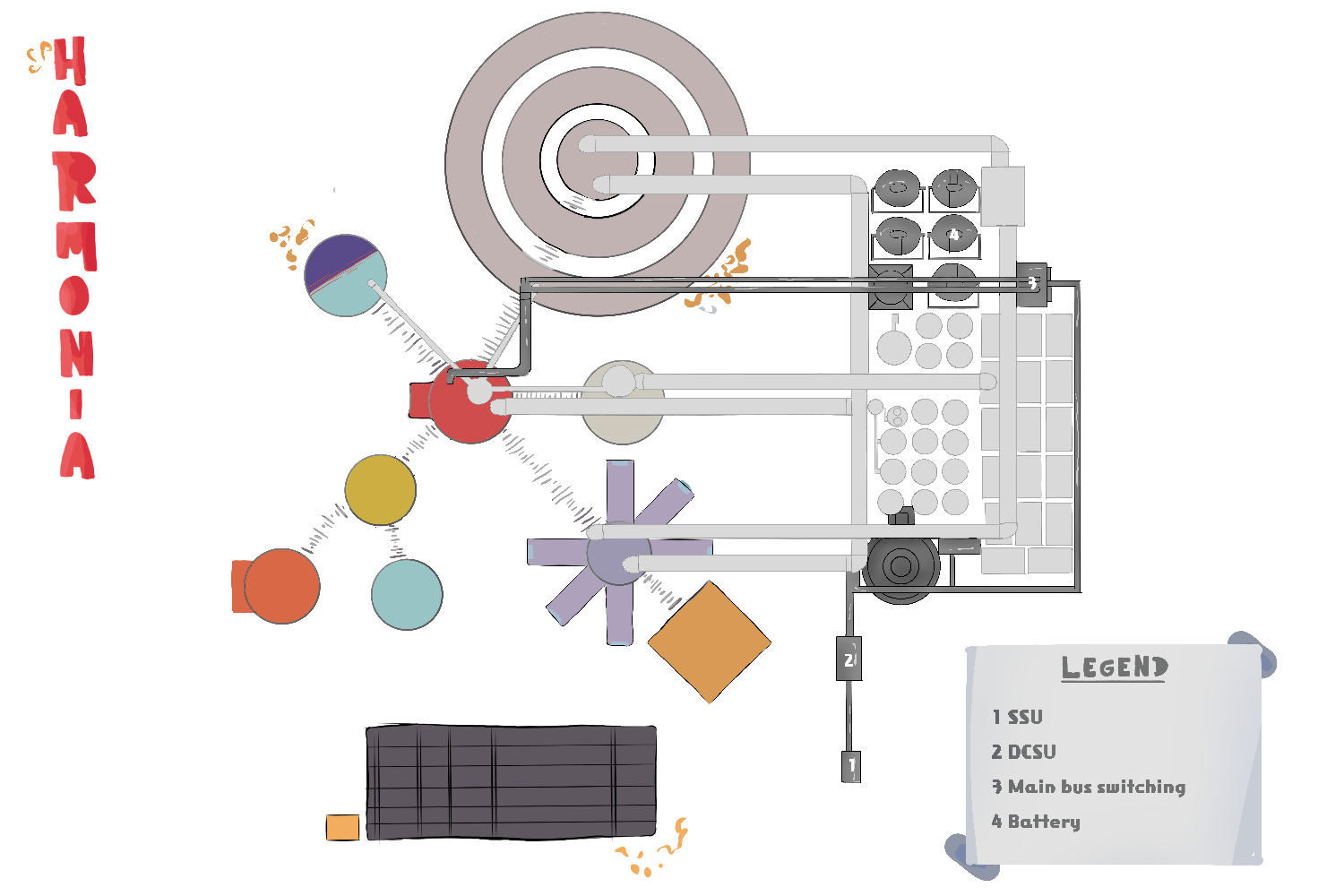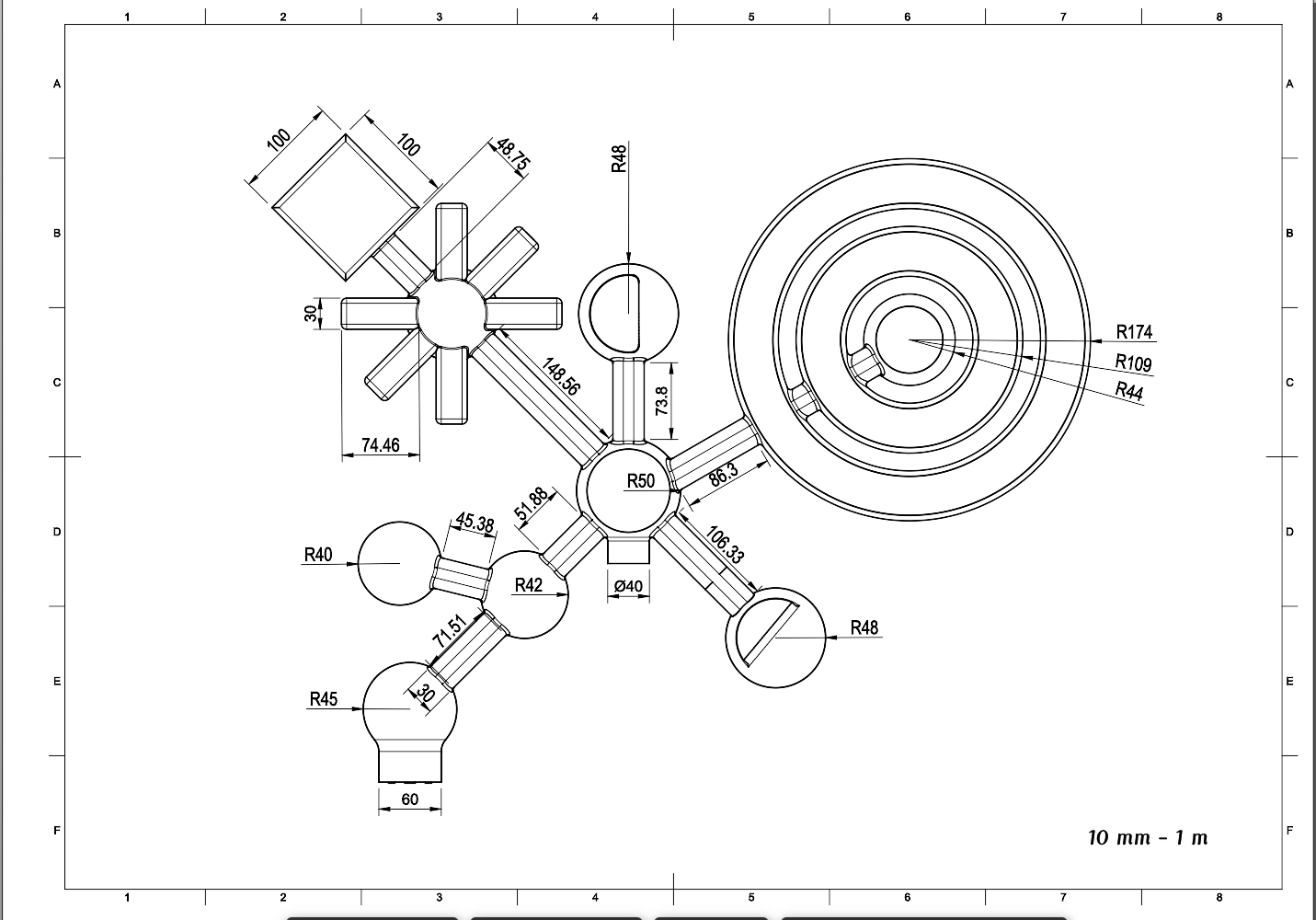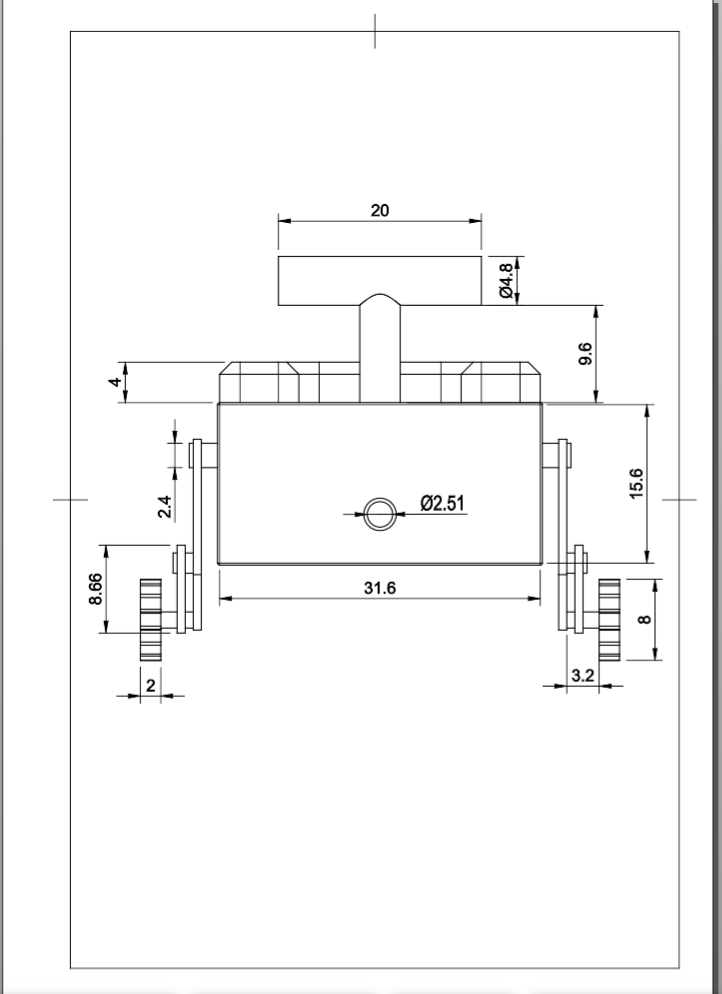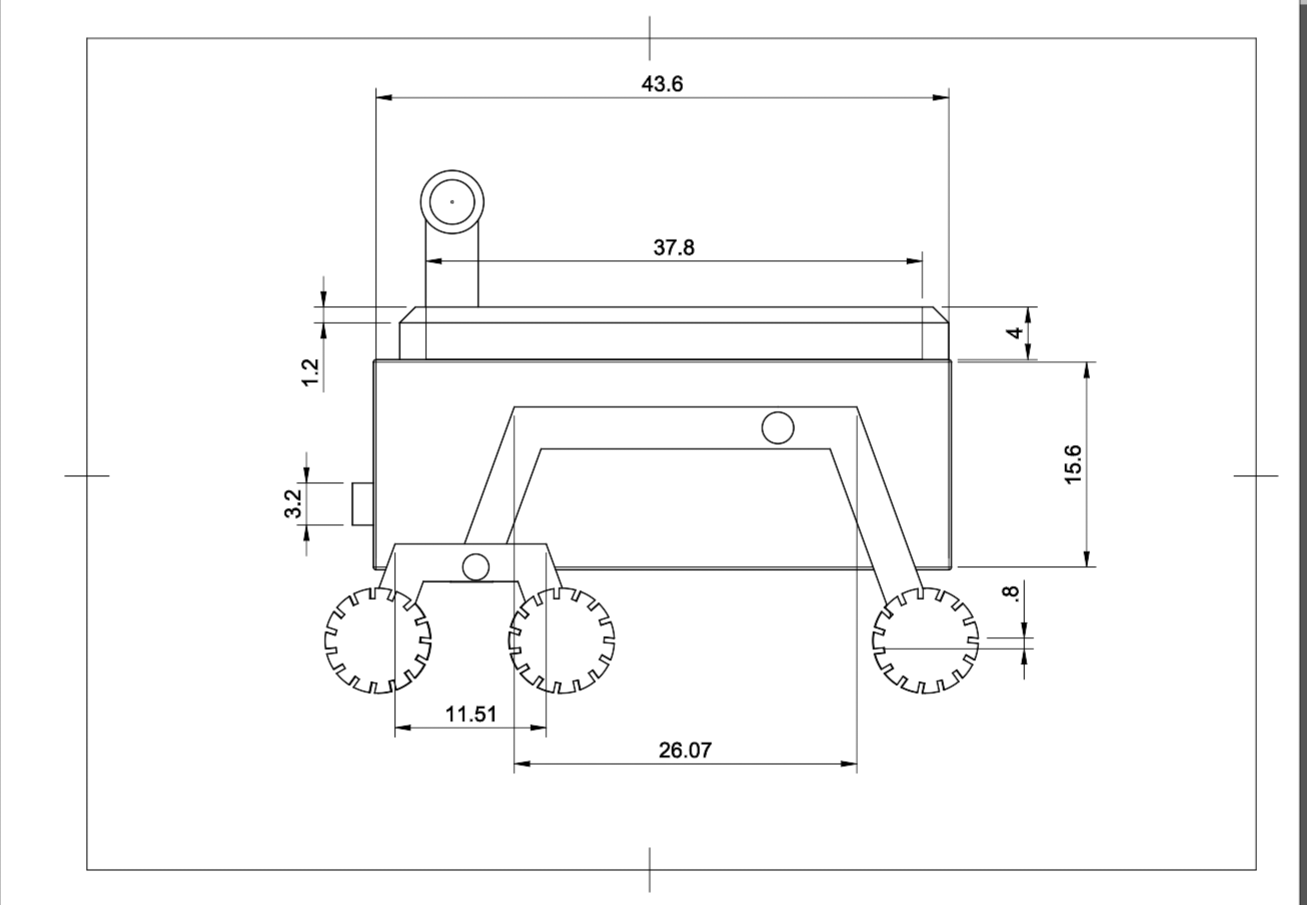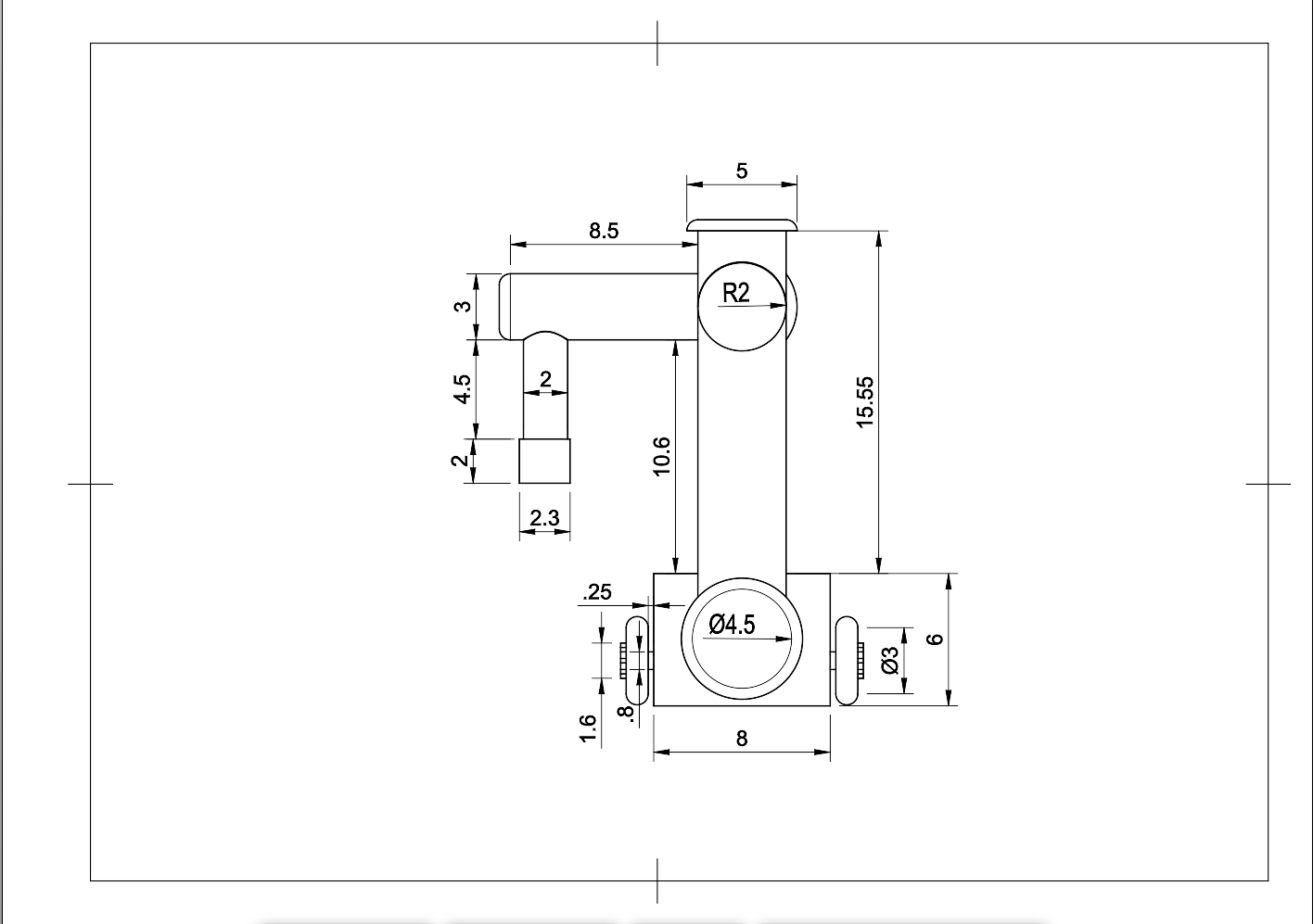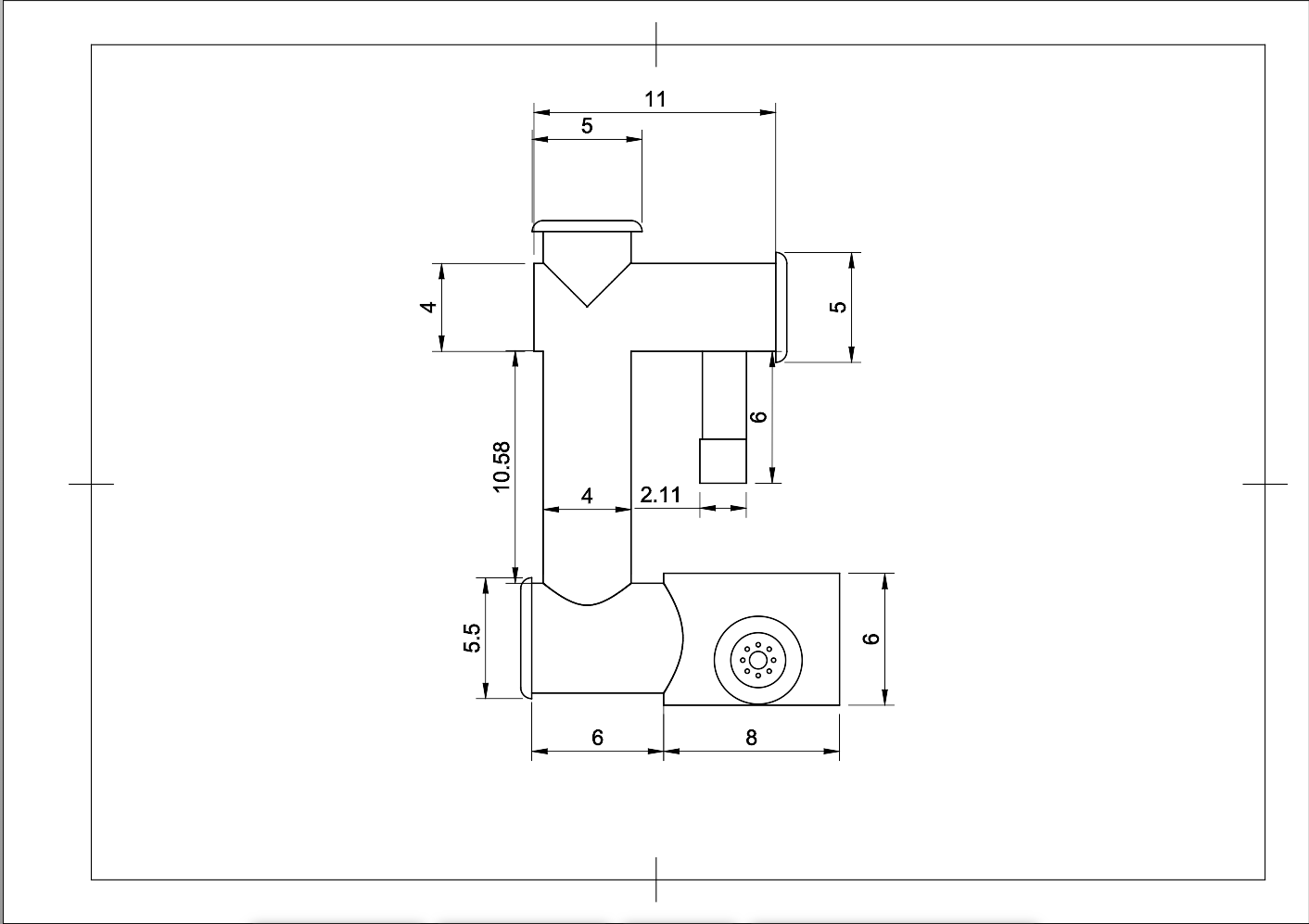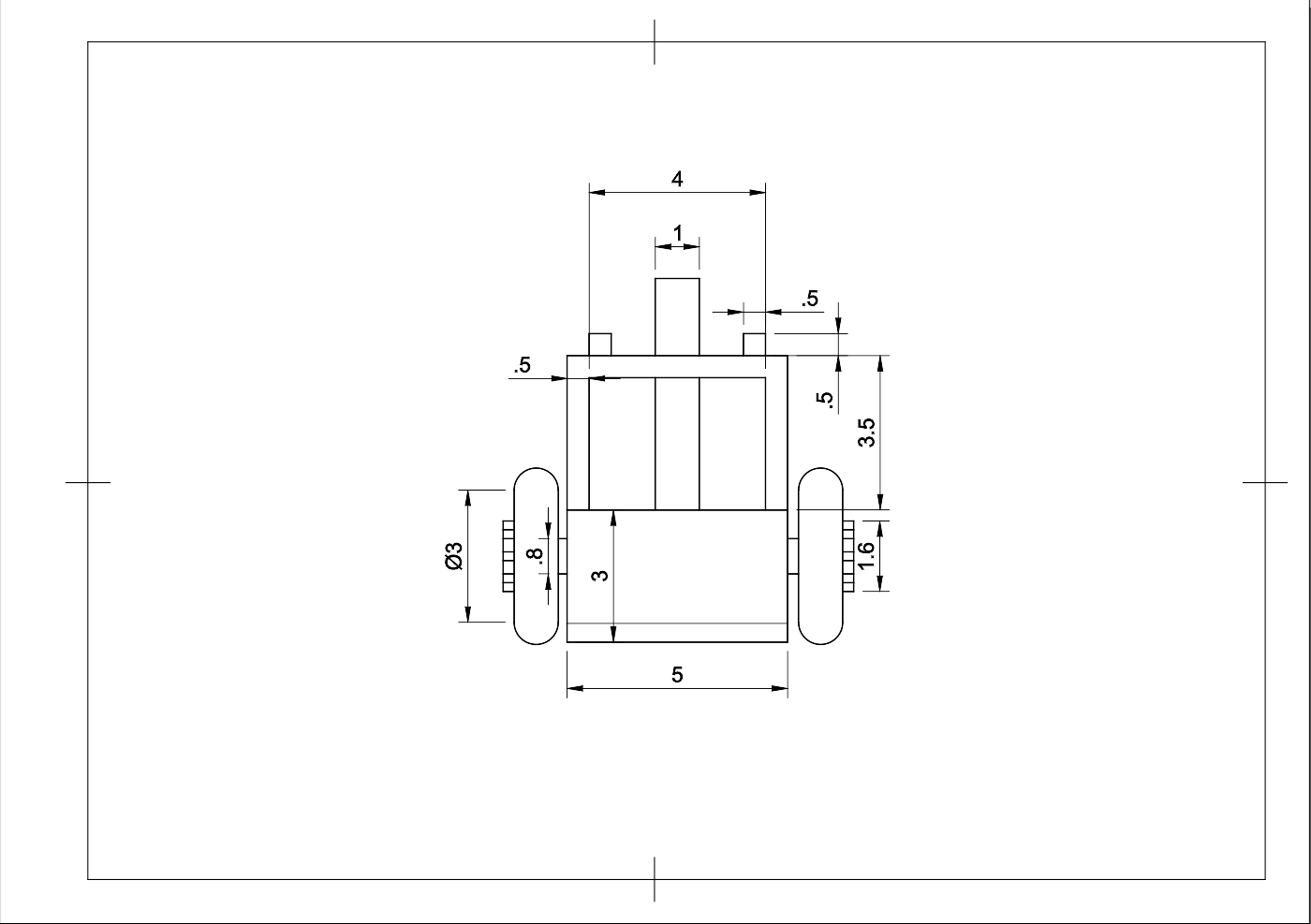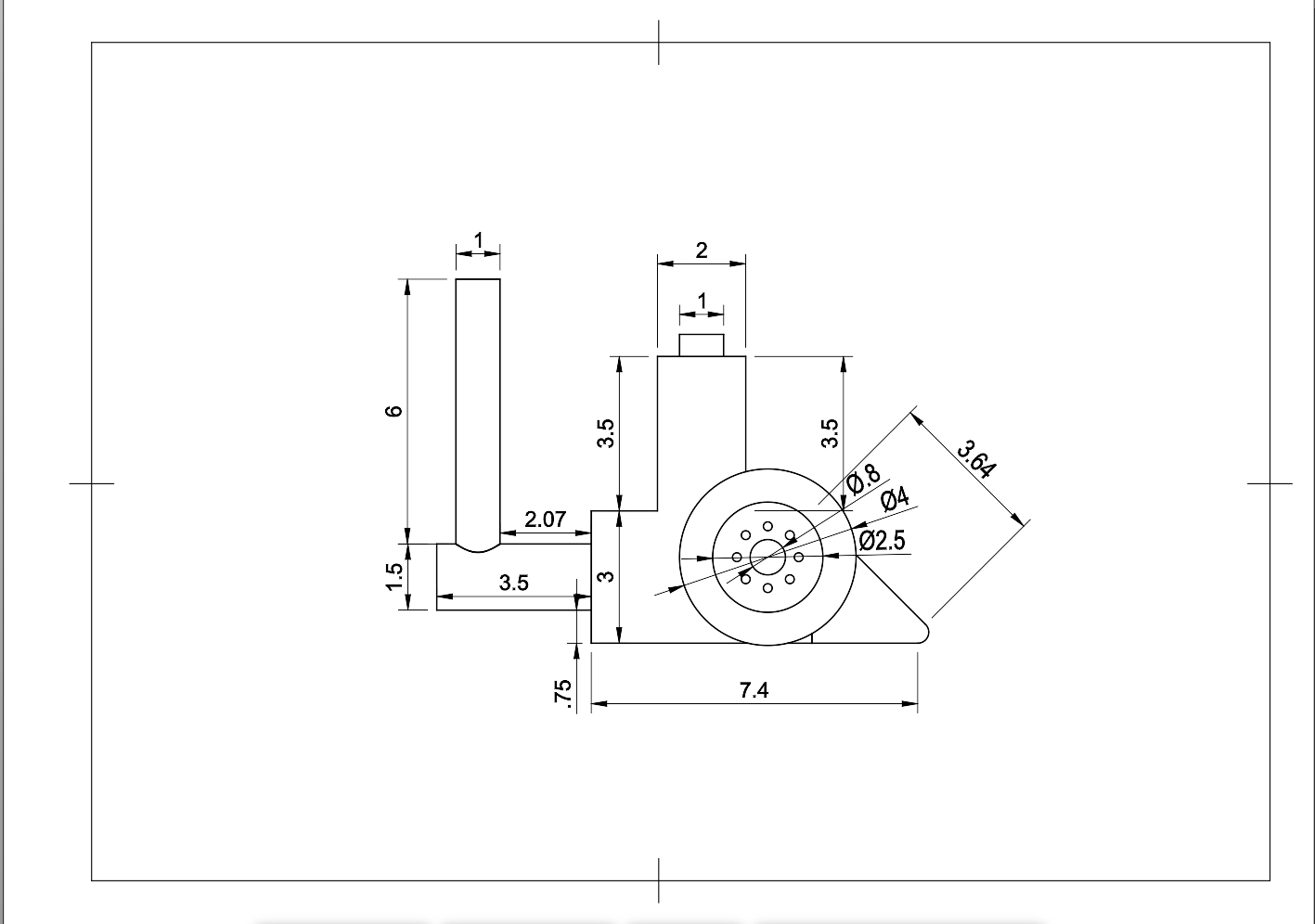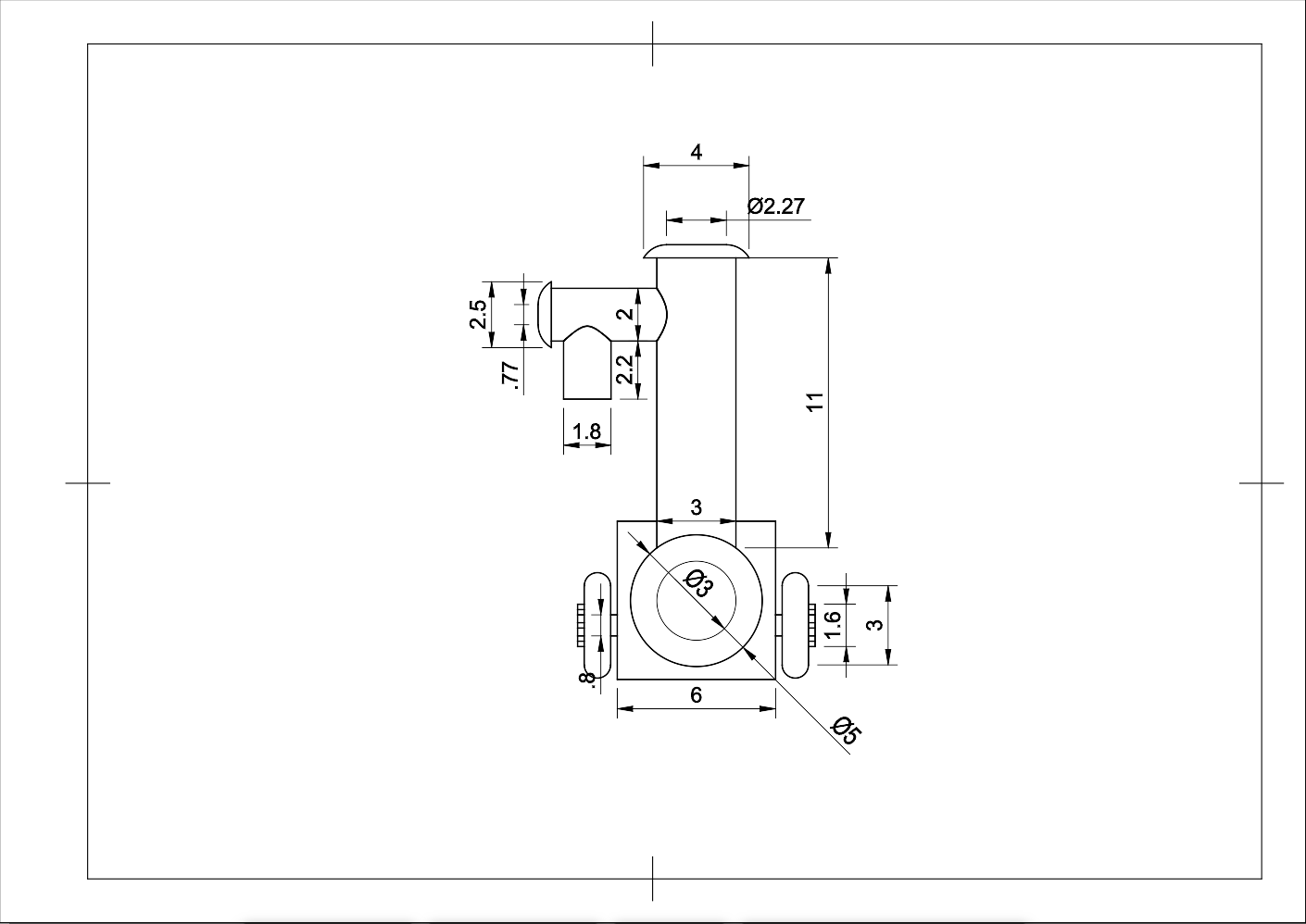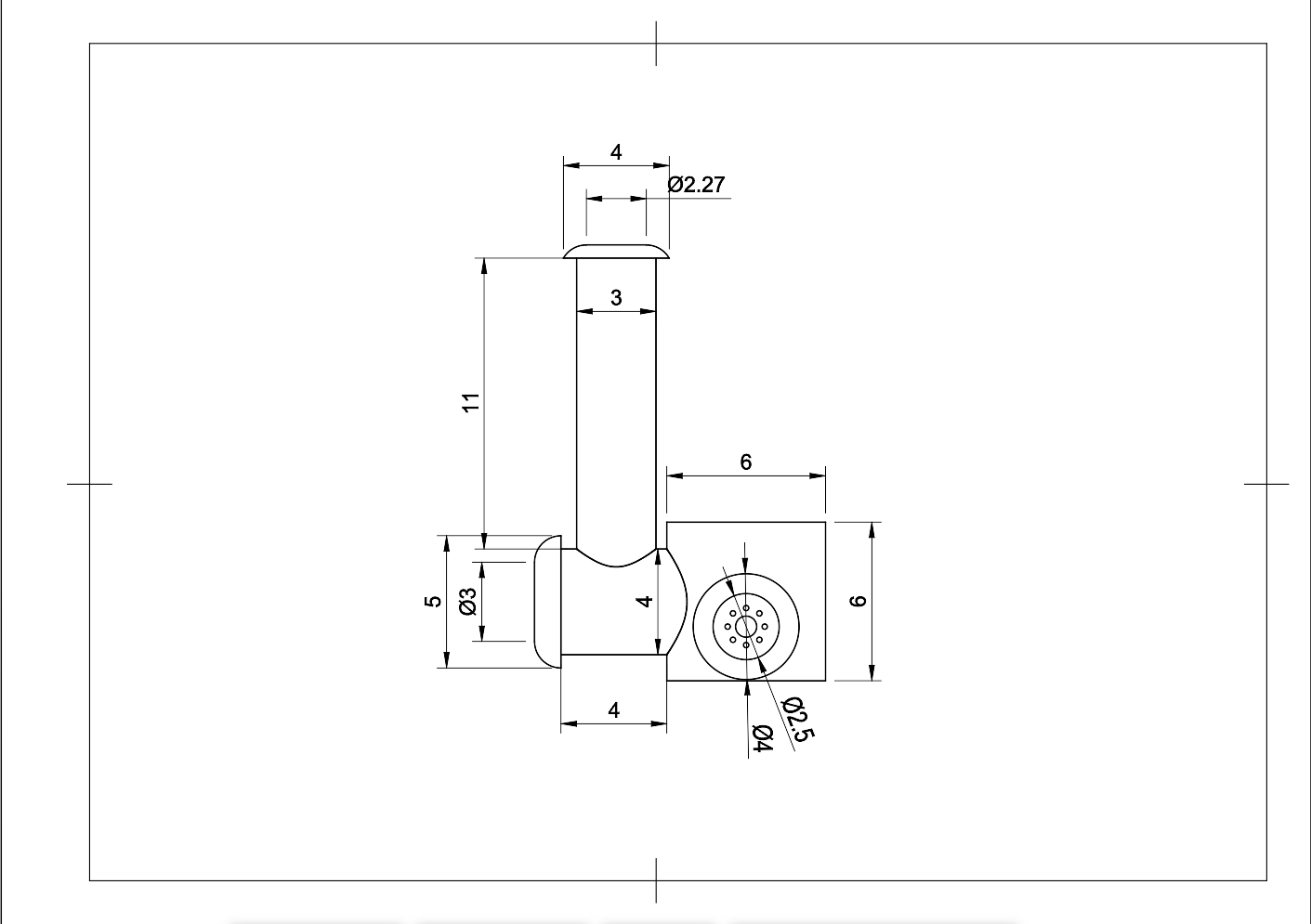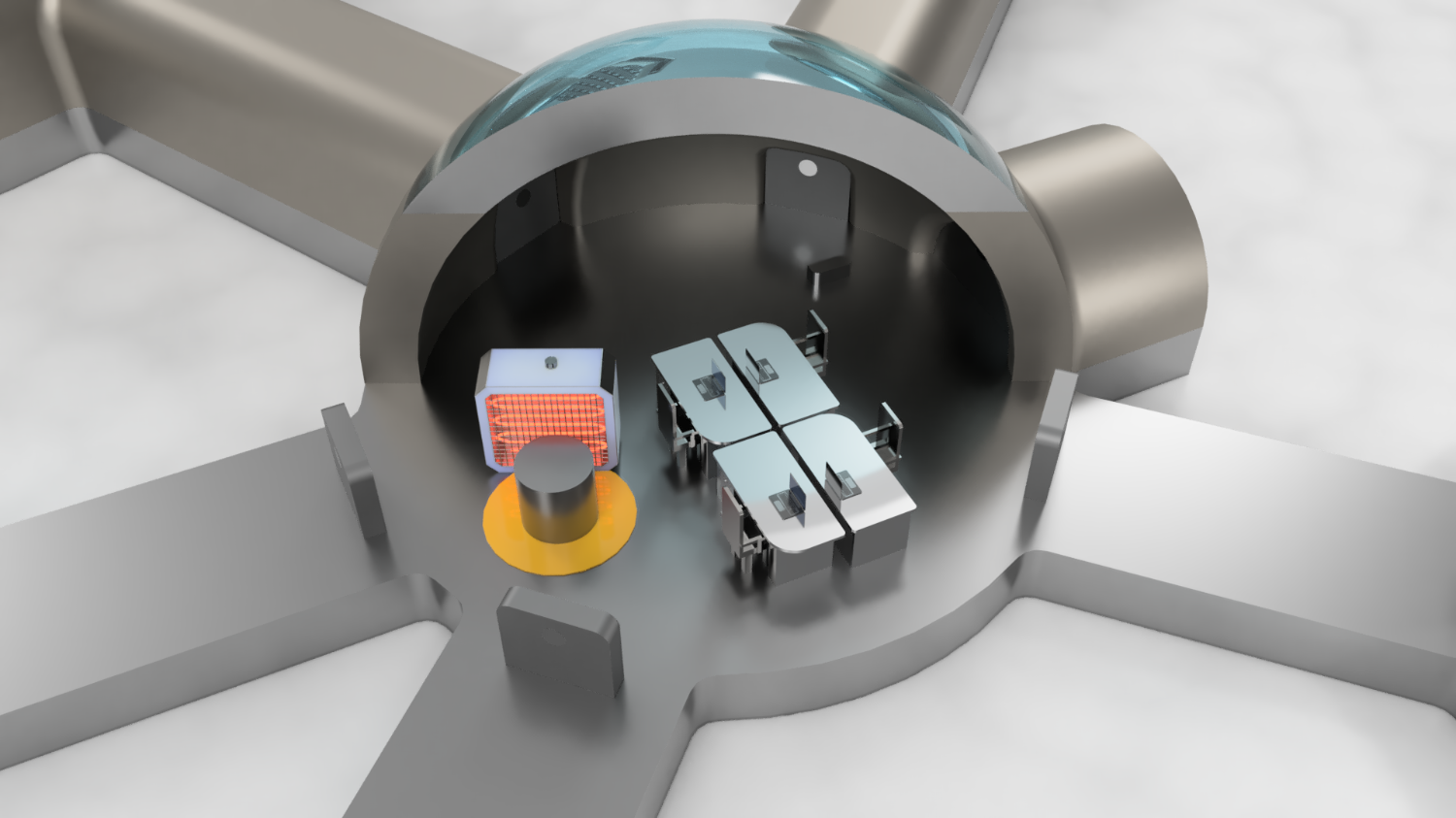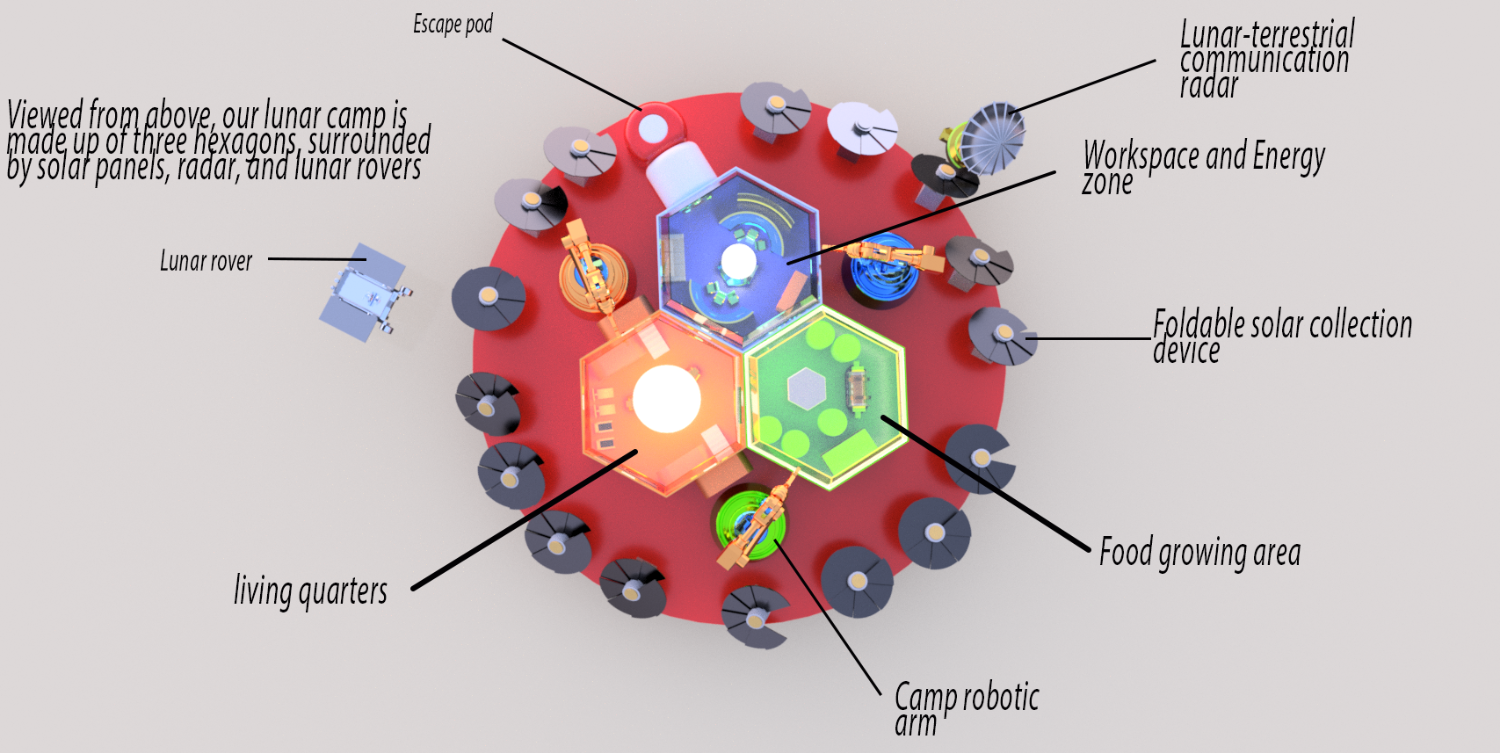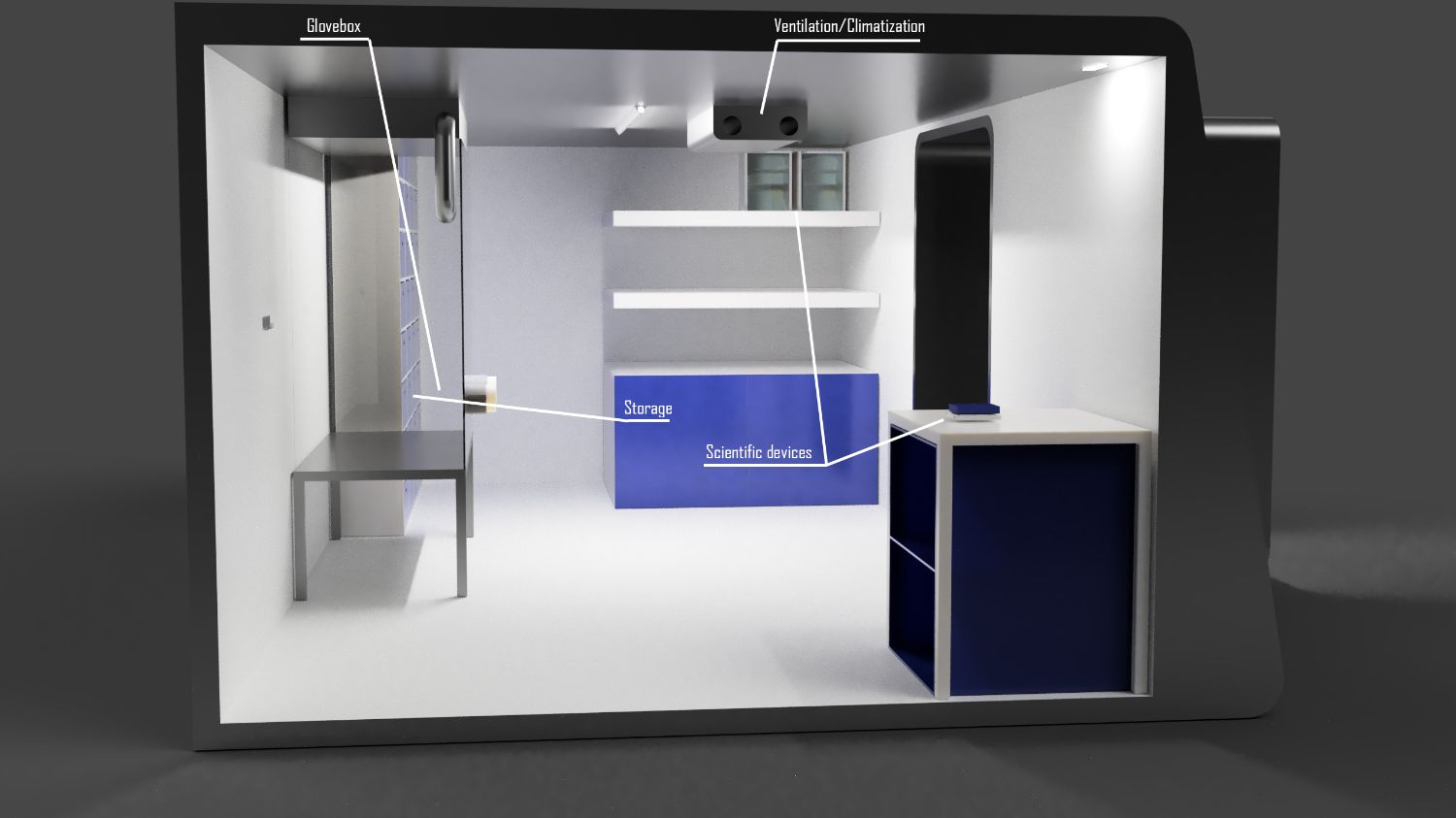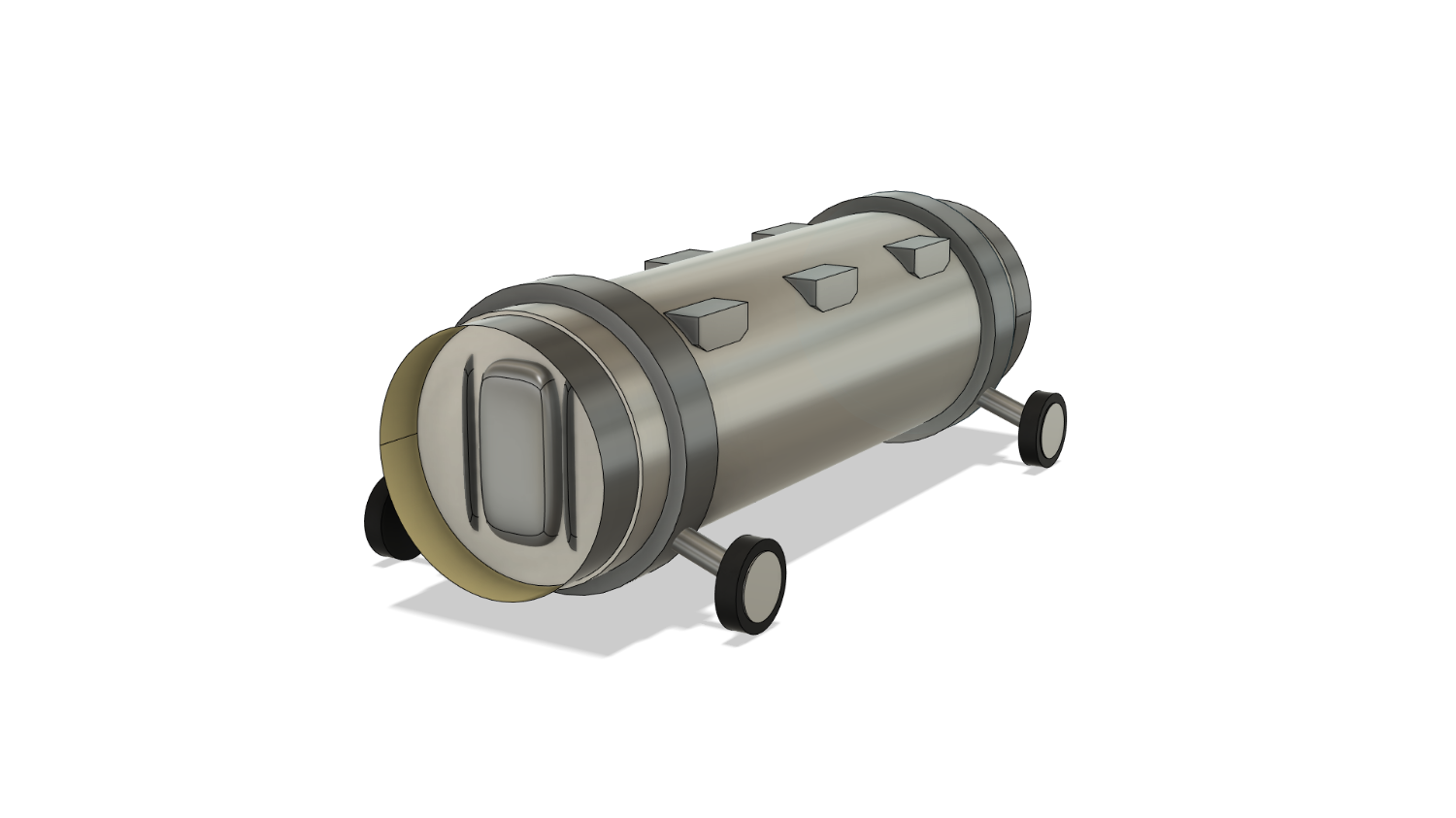Moon Camp Pioneers Gallery 2021-2022
In Moon Camp Pioneers each team’s mission is to 3D design a complete Moon Camp using Fusion 360. They also have to explain how they will use local resources, protect astronauts from the dangerous of space and describe the living and working facilities.
Team: Harmonia
“Tudor Vianu” National High School of Computer Science Bucharest Romania 16, 17 4 / 3
External viewer for 3d project
|
Project description
The Harmonia Moon Camp is a place of research and brand-new discoveries. The core value of the base is accommodating humans as good as possible, while also providing a space of focus, harmoniously suited for any area of research that might be useful. The asymmetric design of the moon camp allows for a unique look, all corridors branching off from the command center, which is placed, as its name suggests, in the center of the building. Harmonia offers facilities spanning from the most common necessities (such as bathrooms, showers and a kitchen) to areas created for specific research and sustainability methods. The base contains two rover storing spaces, which are connected to a science lab, used for most of the research conducted by the scientists. The remaining set of science studies taking place are related to sustainability, focusing mainly on the selenic farm. Comprised of a central dome and two surrounding toruses, Harmonia’s farm combines ‘’traditional’’ and hydroponic farming. This results in varied harvests, contributing massively to the base’s sustainability. Another area of importance is the medical dome, where crewmates’ vitals are checked and registered daily. This is also where they exercise just as frequently. In this area, the base is stocked with all the necessary medical objects, as well as being furnished accordingly. The living area is designed simply and efficiently, with bedrooms of small caliber, yet plenty of storage space. Lastly, the hallways are bright and of moderate length, bringing the base together in a balanced fashion. |
|||
|
2.1 Where do you want to build your Moon Camp?
We are going to place our camp in the Clavius Crater, situated in the southern highlands of the Moon. We have chosen this location because of the resources it will provide us: sunlight and water. Research has shown that there are no permanently shaded areas in the crater, and only the sites that are located on the outer side of the southern and western slopes are illuminated less during the lunar day. Because of that, we plan to make our base in its northern region. Over the time the moon completes a full orbit, our solar panels will convert the 2 weeks’ worth of sunlight into electricity that will fuel our base and ensure its functionality during a longer period of time. In addition, we will use the ice found in the soil of the crater in order to obtain liquid water, maximizing the quantities stored in the camp. 2.2 How do you plan to build your Moon Camp? Describe the techniques, materials and your design choices.
The construction phase will be divided into three phases. First, we will send robots to start digging for the pipes and also, to make a definitive launchpad for the rockets using only lunar dust to create concrete with the help of 3D printing. The second phase will consist of rockets being sent from Earth with parts of the base already manufactured, after which the robots will connect and put them in place. These parts will be made out of materials which can protect the astronauts, but also, that will be light, so the cost will be reduced. The base will be made of titanium, a metal, which can fend off most of the hazards, being able to resist a pressure of 63,000 psi. Also, in the composition of the walls there will be use, as an additive, aluminum, which is a lightweight metal that helps stop radiation, already used heavenly on ISS and in space. The windows of the base will be made out of tempered glass. And last, the pipes, which are underground, will consist of two layers, for greater protection. Between them, there will be a space for the robots to enter and repair them. In the final phase, the humans will arrive with the non-essential objects for constitution, like furniture. It will be designed, so it will be as efficient as possible, so it will not cover too much space, but also not to make the life of the astronauts difficult. 2.3 The environment on the Moon is very dangerous for the astronauts. Explain how your Moon Camp will protect them. (maximum 150 words)
Firstly, for the protection of the astronauts and the base itself, it is built with walls of 0.8 meters in thickness, ensuring both physical and thermal protection. The space between the walls’ layers (which is used for pipes and electrical cables) can serve as added thermal isolation. For shielding the moon camp from space debris, the most efficient solution is using Whipple bumper shields. These can be mounted on the exterior of the most important areas of the building, or those spaces that may contain dangerous(explosive) substances. Another measure of mechanical protection is the use of monolithic shields, which are smaller and can be used for the remaining spaces in the base. Another issue would be space radiation, which can be solved by using polyethylene for the isolation of the moon camp’s walls. Due to its high hydrogen content, it is very effective in absorbing and dispersing radiation. |
|||
|
2.4 Explain how your Moon Camp will provide the astronauts with:
|
Water
|
Food
|
Power
|
Air
|
|
In the beginning, the astronauts will bring the necessary quantity of water to ensure the functionality of the moon base for two weeks. During that time, the base will go through a fully automated process of supplying itself with water through chemical reactions. The resulted water, along with the one obtained from the ice particles found in the crater, will be transmitted through the pipes and stored in the 14 containers figured in our model that have a capacity of 60 m`3 per module. The distribution of the water will be efficient due to the pipelines that connect the containers with the farm, medical center and kitchen. |
The astronauts’ diet will be based on vegetables and fruits. But, before they can produce them in the base, they will have to consume packed and canned food from Earth. After two months, they will be able to eat food produced in a hydroponic greenhouse. The plants will be polarized with the help of robots, the howl farm being automatic. |
The energy is a key part in the base and to make it we will use the light produced by the Sun. As our base is positioned near the poles it will have light during the lunar day, which will be captured and transformed into energy by solar panels. The energy, after being captured, will be sent to the SSU and then, with an intensity of 150 V to the DCSU. From there, the current can go two ways, to the MBSU and then to the base, but also to the BCDU and from there to the batteries. If necessary, the batteries will help illuminate and keep the base running during the night cycle. Also, they would be helpful in case of a solar panel malfunction, being stored safely. |
The base’s ventilation systems have two components: a circuit that provides humans oxygen and another that extracts CO2, transporting it to the farm. |
|
2.5 Explain what would be the main purpose of your Moon Camp.
The moon camp has a scientific purpose, focused on the study of technology and astrobotany, in order to obtain more information for future missions. (Colonization of the Moon would be impossible if people didn’t simulate situations). Rovers and robots would (be created and) be tested in real conditions before they are produced in industrial quantities. Also, building them with local resources is the first step to sustainability. The engineers and programmers work on new models, improving their efficiency. The cultivation of plants involves different techniques in space than on Earth. Geological experiments will give details about the composition of lunar soil and other rocks properties. The botanists study plants’ adaptation, trying to create the ideal environment for effective growth. Moreover, the base can support 2 astronauts who are not part of the team, if they need accommodation while working on other missions or during emergencies. |
|||
|
3.1 Describe a day on the Moon for your Moon Camp astronaut crew.
Everybody’s day starts better after a fulfilling amount of sleep, and the Harmonia Moon Camp crew is no different. Although telling time may be complicated on the Moon, the astronauts will follow a precise sleeping schedule, ensuring the best productivity rates. After the morning routine, each member of the crew is presented with their respective tasks of the day. Depending on their roles, the crewmates’ checklists vary vastly. Structural engineers will have begun their work well before their colleagues’ arrival, making sure that the base is going to provide efficiency and comfort. As well as that, they will have control over the base’s rovers. Alongside them, electrical engineers will create an efficient electrical system and maintain its functionality. Moreover, they will keep watch over the command center (including the security footage). The chemist’s priority is to oversee the evolution of the project (especially in terms of chemically obtained resources). They may also take part in analyzing probes gathered by rovers. At the same time, the geologist will research and keep record of soil probes, making reports of any variation that might appear. Botanists are entrusted with the activity of keeping track of the moon camp farm, tending to the plants, harvesting, but also periodically analyzing them to research possible adaptations to the selenic life. Programmers will create databases for each necessity of their crewmates and the base itself, perpetually completing them with new information. The doctor’s main priority is to scan everybody’s vitals at the end of the day, as well as occasionally diagnosing possible patients and treating them. Finally, the captain is required to oversee the team’s activity and evaluate each individual. Along with that, they are the one giving out tasks and making executive decisions. Meals are prepared by two designated crewmates every day, and they are served together by the entire team, a time which will also be used for socialization. The duration of work sessions varies based on events that may occur in the base, however the average work program will not exceed six hours, spanning from 8 A.M. to 4 P.M. The remaining time is spent in any preferred way, separately or in a social context, the only mandatory activity being physical exercise. At the end of the day, the astronauts go to sleep at approximately 10 P.M., in preparation for the following day. |
|||
Other projects:
CFS Deep Dark
IX Liceum Ogólnokształcące im. Klementyny … Hoffmanowej w Warszawie, XIV Liceum Ogólnokształcące im. Stanisława Staszica w Warszawie, XLI Liceum Ogólnokształcące im. Joachima Lelewela, III Liceum Ogólnokształcące im. Marynarki Wojennej RP w Gdyni
Poland












